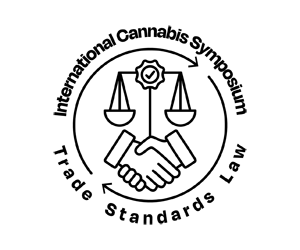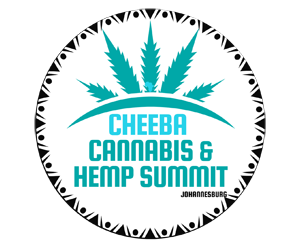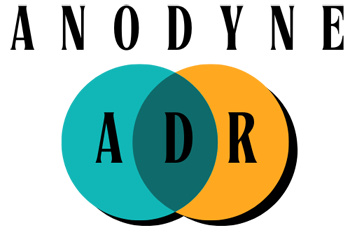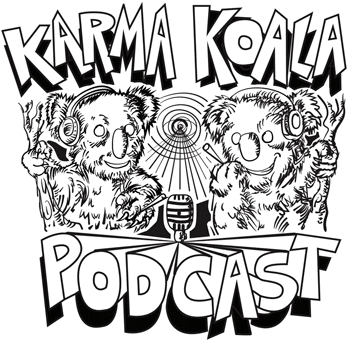New research compared psychedelic-naïve undergraduates’ perceptions of psilocybin and LSD across clinical therapy, microdosing, and naturalistic use. While most participants made only limited distinctions between these contexts, when differences did emerge, clinical settings were viewed most positively—followed by microdosing, then naturalistic use.
These findings suggest that, in the U.S., psychedelic-naïve undergraduates may benefit from education on the distinctions between different modes of psychedelic use. This is particularly important as public opinion continues to shape—and be shaped by—evolving psychedelic drug policy.
Authors
Dan Petrovitch, Jason Van Allen, Sean M Mitchell and Andrew K Littlefield
Published
Abstract
Psychedelic drug policy is changing, both in the USA and internationally. However, psychedelic use is not homogeneous, as there are multiple unique contexts for use, including clinical therapies, naturalistic use, and microdosing. There are notable differences between these contexts regarding emerging evidence for safety, therapeutic efficacy, likely future legality, and more. We compared psychedelic-naïve undergraduates’ views (expectancies, perceptions of benefits, and perceptions of harms) of psilocybin and lysergic acid diethylamide across each context. Item-level data were analyzed using non-parametric methods, correcting for multiple comparisons. Participants were 277 psychedelic-naïve undergraduates (75.81% female; 81.95% White; 76.17% non-Hispanic), with a mean age of approximately 19.50 years (standard deviation = 2.01). Only 19 out of 79 omnibus tests assessing views of psychedelics across contexts were statistically significant; when participants’ views of psychedelics were context dependent, they generally had the most positive views of clinical contexts, then microdosing, and, lastly, naturalistic contexts. This indicates that psychedelic-naïve undergraduates make limited distinctions between contexts for psychedelic use, which suggests that, in the USA, psychedelic-naïve undergraduates may benefit from education about differences between contexts, especially considering their potential to impact psychedelic drug policy. To our knowledge, this is the first study to compare views of psilocybin and lysergic acid diethylamide across three important, emerging contexts for psychedelic use.
To access the full publication from the Drug Science Policy and Law journal, please see below:




















